are class 3 and 4 rapids dangerous
If a picture is worth a 1000 words then a video is worth 10000 words so I wont write too many here. Class III rapids feature waves up to 4 or 5 feet tall that will crash over the bow.

Lochsa River Idaho Whitewater Rafting Trips Row Adventures
Class 5 Oxidizing substances and organic peroxides.
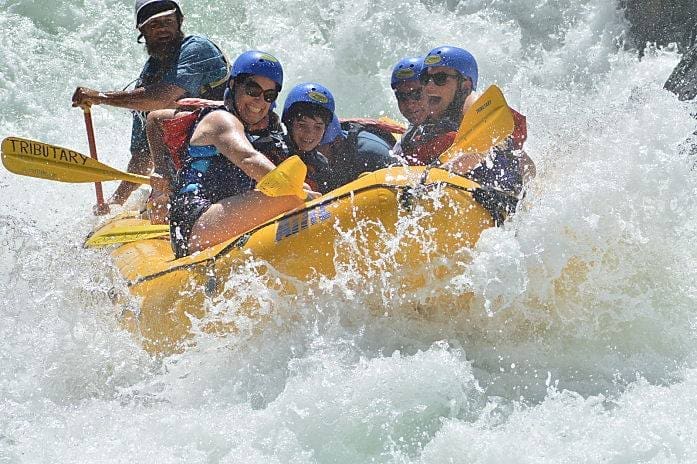
. Although drops are usually more difficult to maneuver than waves multiple medium-drops also called a staircase could. Rapids may require must moves above dangerous hazards. The Ocoee River has mostly Class III rapids.
Large waves or strainers may be present but are easily avoided. People also ask what is Class 3 rafting. Class 3 Flammable Liquids.
You may want to use these designations to work your way up from Class II to Class IV. Class IV 4 Rapids Class IV or Advanced rapids can contain various obstacles depending on the river. Try river rafting on the Middle Fork American river this summer it has many class 4 rapids mixed in with class 3 all in one of the most beautiful canyon settings in California.
Experienced paddling skills Class 4. Class 4 Flammable solids. Rapids that are at the lower or upper end of this difficulty range are designated Class III- or Class III respectively.
Yes rapids can be dangerous and whitewater kayaking is never something that should be taken lightly. Self-rescue is usually easy but group assistance may be required to avoid long swims. There are plenty of class III rapids that are more fun to raft than many class IV rapids.
Drive time aside what you need to know about the Cal Salmon River is that it is incredibly challenging and even dangerous. For strong paddlers only Class IV or Class 4 Rapid is for intermediate and experienced rafters looking for a thrill. Substances liable to spontaneous combustion.
At favorable water levels after close personal inspection and taking all precautions. This is the highest classification for commercial rafting trips requiring strong paddlers who are experienced and looking for the ultimate. Class IV big drops will jump-start your heart as you paddle through the intense whitewater.
More info about the marking and labelling of dangerous goods can be found here. Whitewater medium waves maybe a 35 ft drop but not much considerable danger. The most important thing to remember with the classification system.
A section of the river that is unpredictable and dangerous. Station Creek Class II Mile 07 Double D Class III Mile 18 Haircut Rock Class III Mile 22 Blind Canyon rapid Class II Mile 48. Paddlers should have prior Class IV or better whitewater experience with experienced guides who know the river.
3 Big Drops 2 and 3 Colorado River through Cataract Canyon Utah Cataract Canyon s Big Drops 2 and 3 ok technically two rapids might be a surprising pick considering most of the season theyre a fun Class III ride but those whove experienced these infamous back to back drops at high water know their unforgettable nature. The system is based on difficulty and danger which do not always equate with the fun factor of a rapid. Boats will shimmy and jolt with the increased punch of these larger waves but generally the jolt is brief with calmer and wider.
That said the classification of rapids exists for a reason to reflect the different intensity levels and categorize whitewater rapids according to their technical difficulty and the potential dangers associated with them. Long and powerful rapids and standing waves. Rapids at the lower and upper ends of this class are designated as Class III- and Class III rapids with Class III- being the easier of the two to navigate.
The answer to this question is in the video below. After a Class VI rapids has been run many times its rating may be. Class V violent rapids will really get your adrenaline pumping and often have to be portaged.
Rapids are long and unpredictable with large waves and narrow passages. Rapids with moderate irregular waves which may be difficult to avoid and which can swamp an open canoe. Numerous high and irregular waves.
Injuries while swimming are rare. Rapids that are at the lower or upper end of this difficulty range are designated Class IV- or Class IV. Tyler Soule March 25 2022 Comment.
There are many Class I and Class II rapids in between that can be enjoyed by groups of. Currents hydraulics will feel stronger possibly channeling between brief narrow passages such as boulders or a cliff wall. Open canoes without flotation bags will have difficulty.
These rapids are best left to canoeists with expert skills. Class III - Moderately difficult. You will get bounced and rocked and soaked but if you follow the directions of your guide and remember your safety protocols you will have a wonderful time.
Class IV - Difficult. Rocks and eddies with passages clear but narrow and requiring experience to run. It has nothing to do with how much fun a rapid is.
Both the height and frequency of waves play a crucial role in determining a rapids class. A Class I rapid for example wont pose nearly. Advanced Intense powerful but predictable rapids requiring precise boat handling in turbulent water.
Substances which in contact with water emit flammable gases. Rapids can range from Class 4 to 5 and some runs are considered expert class meaning you should have ample experience before going face to face with rapids like Freight Train and Last Chance. These are the classifications of the rapids on our 8-mile stretch of whitewater rafting on the Snake River according to the American Whitewater.
May require significant maneuvering. Visual inspection required if rapids are unknown. Class VI impassable whitewater means no one has rafted that section and lived to tell.
Complex maneuvers in fast current and good boat control in tight passages or around ledges are often required. So yes Class 4 rapids are indeed difficult and they will take a considerable amount of strength and stamina. Whitewater large waves long rapids rocks maybe a considerable drop sharp maneuvers may be needed.
Exploring a section like this is rarely attempted and commercial expeditions are not permitted. Class III wet and fun rapids will get you soaked head to foot. For example a single large wave may actually be rated class III white water rafting while a long string of sustained medium-sized waves can be rated at class IV.
Extremely Difficult Exceedingly difficult long and violent rapids following each other almost without interruption. Only three sections are designated as Class IV.

River Classifications Up To Class 4 Rapid Aspen Whitewater Rafting

Choosing Your California Rafting Trip By Difficulty
Colorado S Most Infamous And Dangerous Rapids 9news Com

Simply Put Whitewater Rapids Are Rated On A Scale Of I To Vi Both Difficulty And Danger Play A Significant Role In De Whitewater Whitewater Kayaking Kayaking

What S It Like To Run A Class 4 Rapid Whitewater Excitement
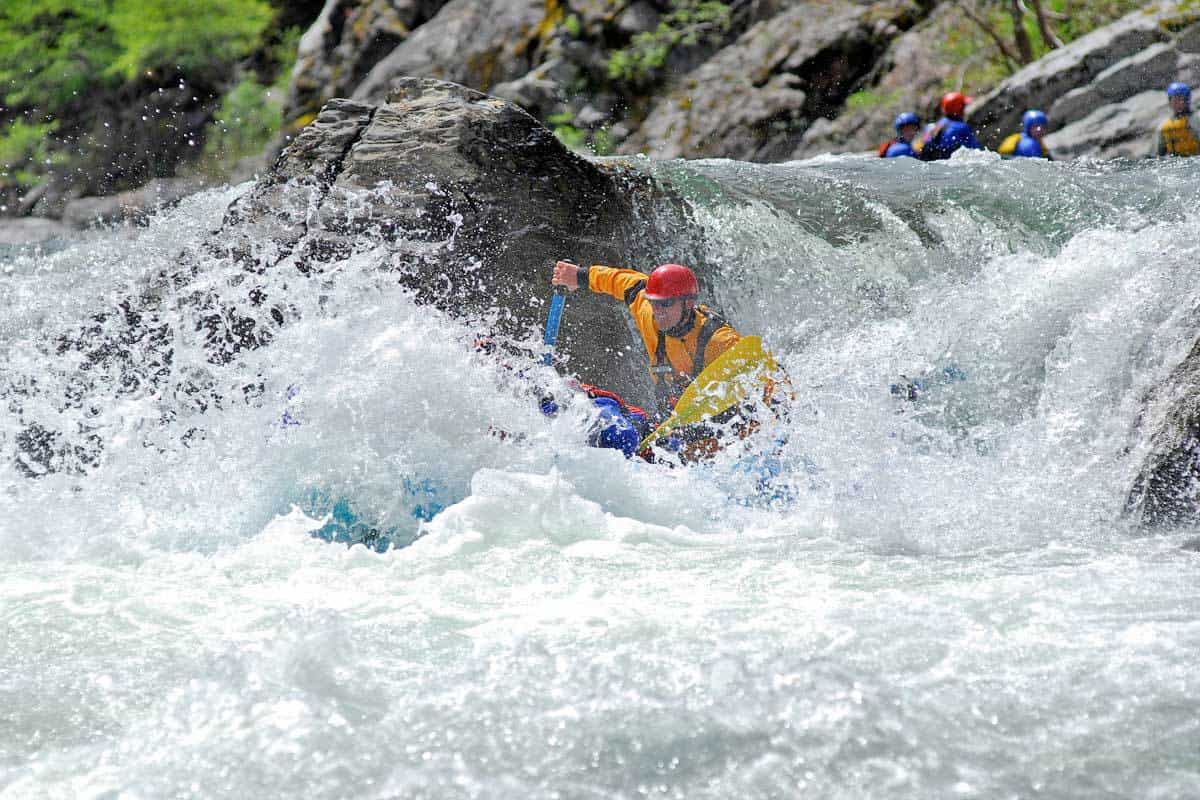
The 20 Best Whitewater Rafting Day Trips Northwest Rafting Company
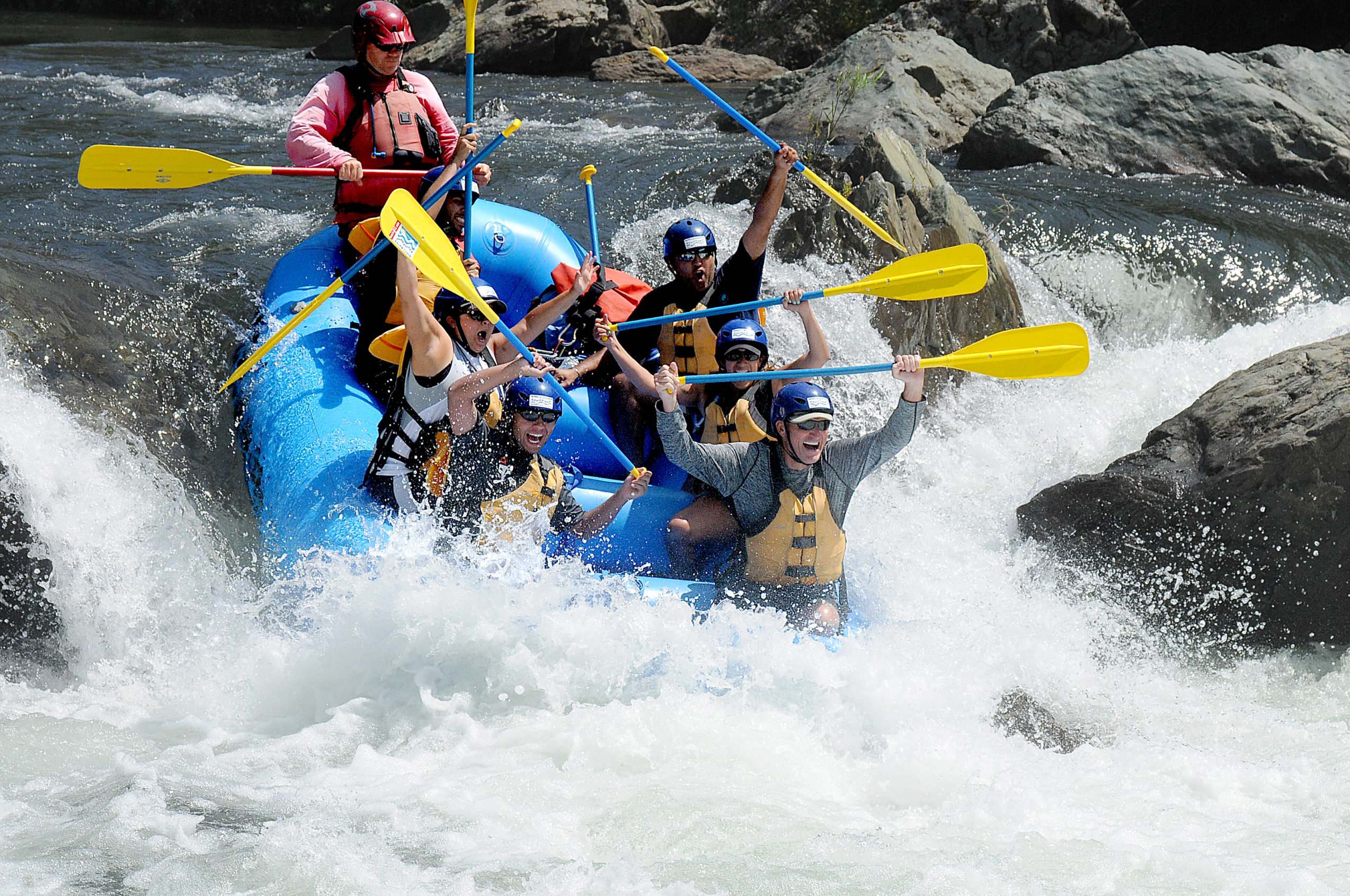
What To Expect When Class 4 White Water Rafting

Whitewater Rafting Classes Of Rapids Boring To Scary Paddle Camp
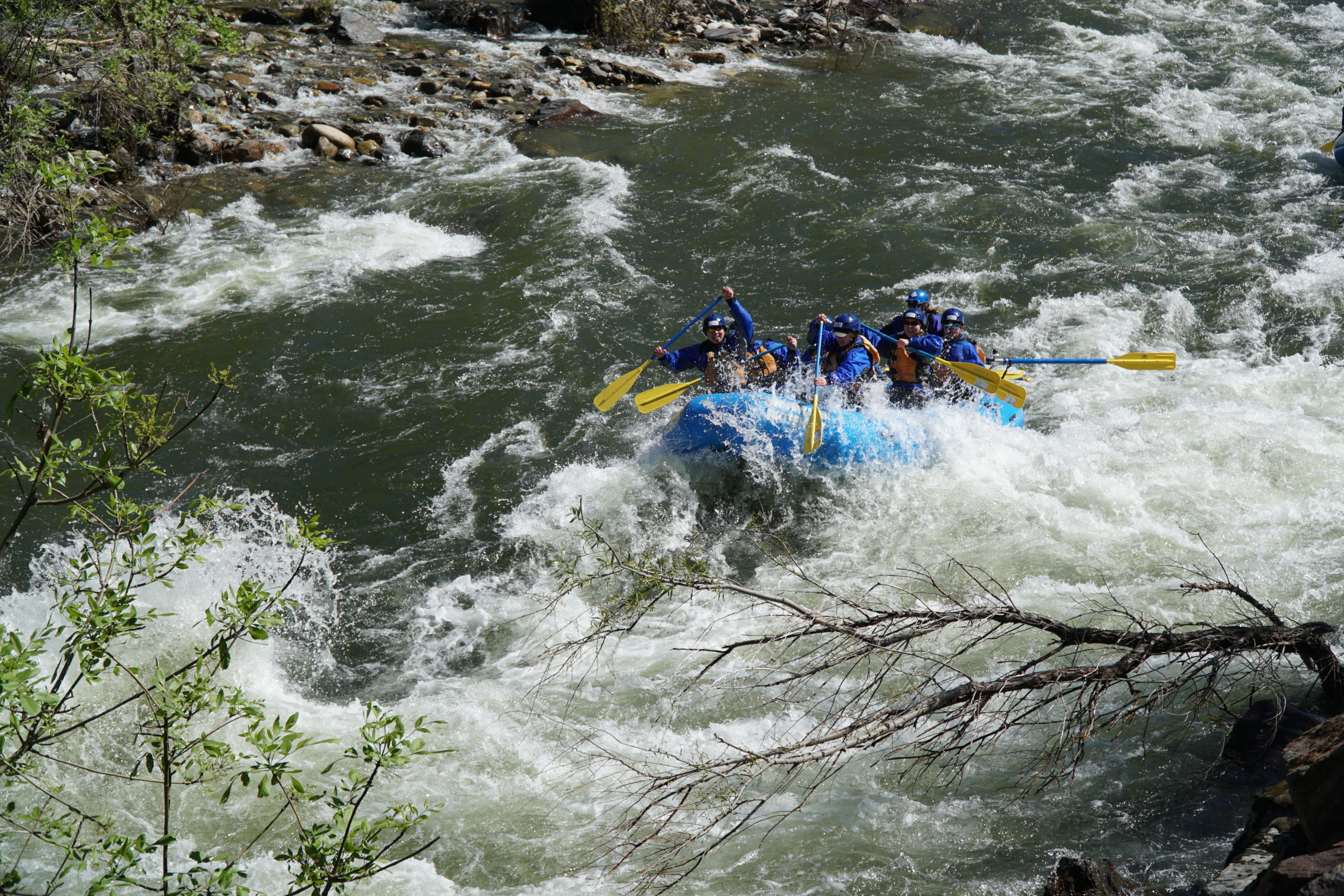
What To Expect When Class 4 White Water Rafting

9 Most Dangerous Whitewater Rapids In The World Whitewater Whitewater Rafting Rafting

9 Most Dangerous Whitewater Rapids In The World Slideshow The Active Times
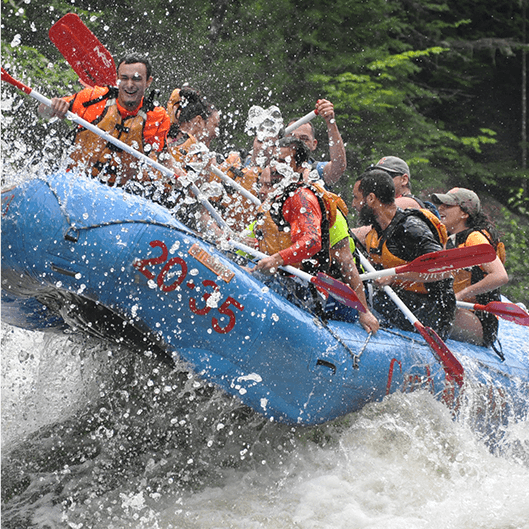
Whitewater Rapid Classifications In Maine Massachusetts And Vermont
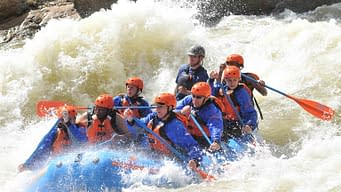
How Experienced Do I Need To Be To Raft Each Rapid Echo Canyon Rafting
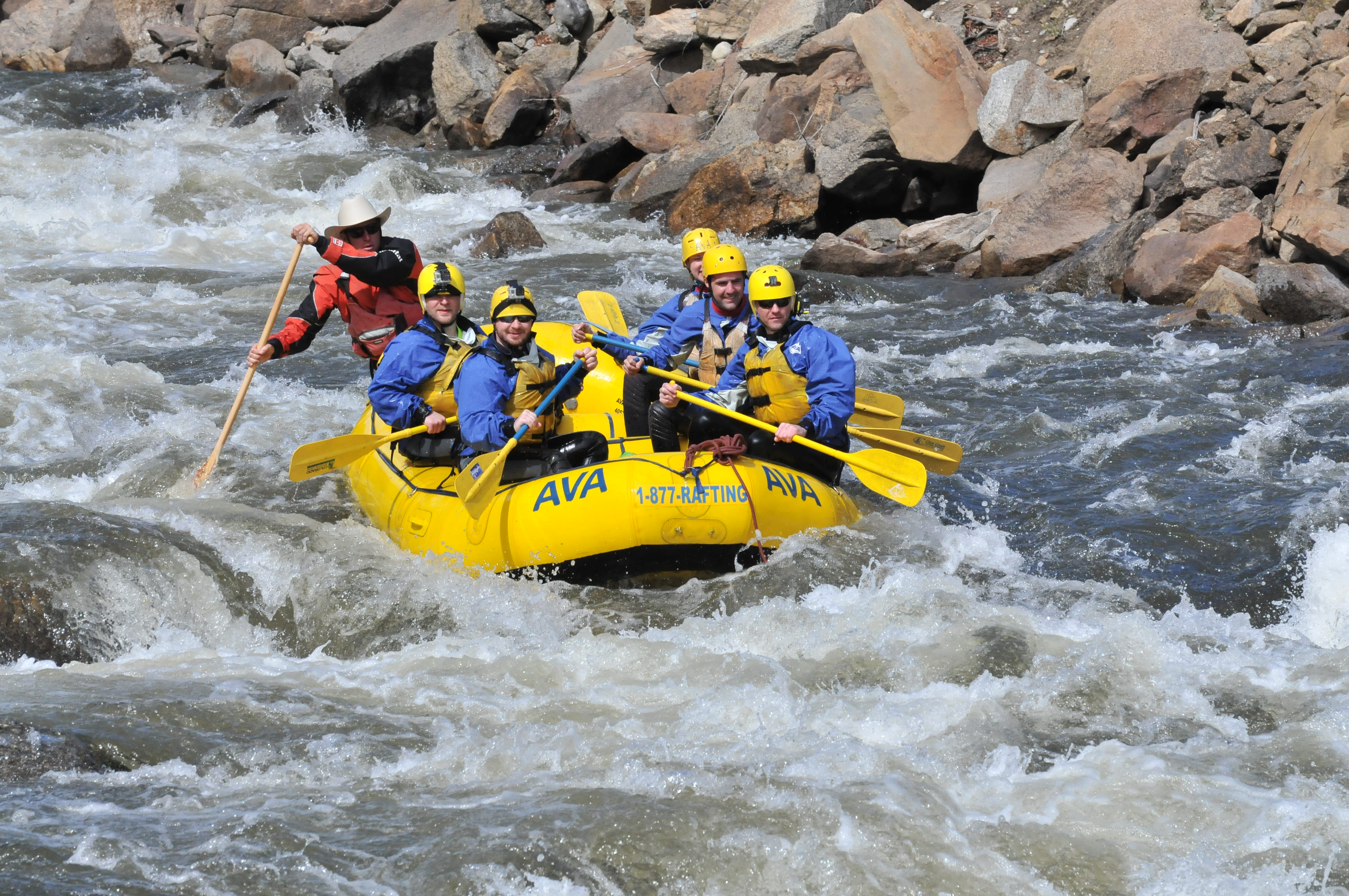
The Different Classes Of Rapids Explained

9 Most Dangerous Whitewater Rapids In The World Whitewater Dangerous World
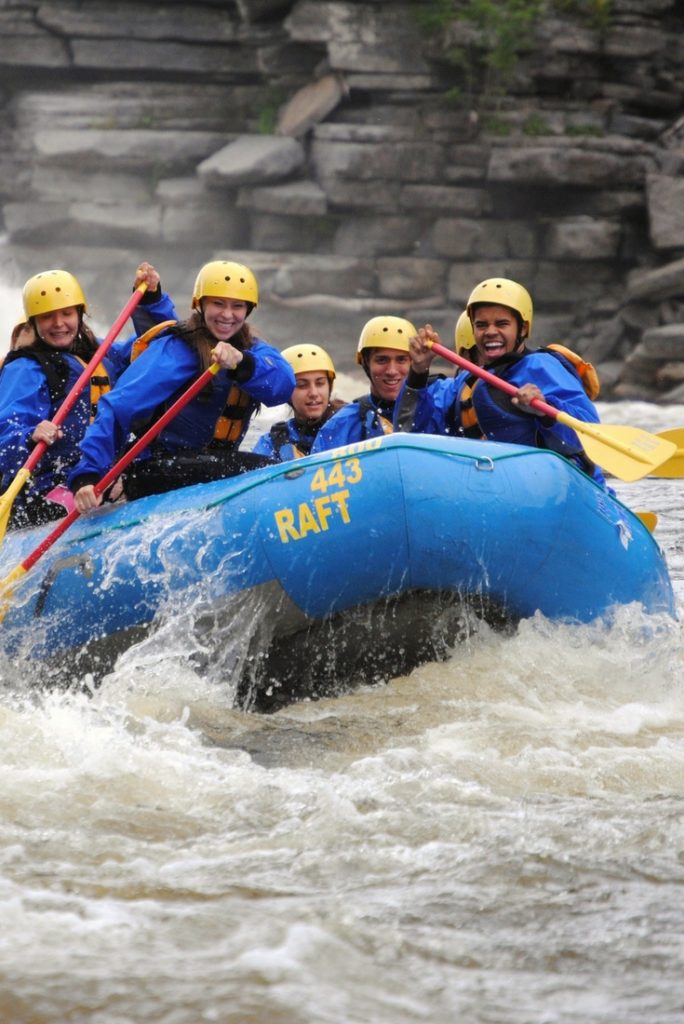
River Classification Systems Measuring The Rapids Not The Fun Whitewater Challengers

